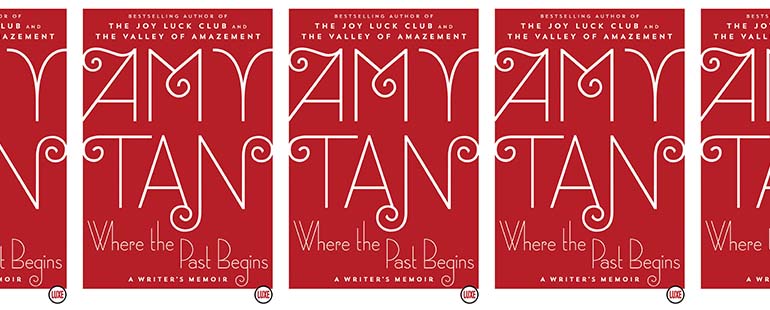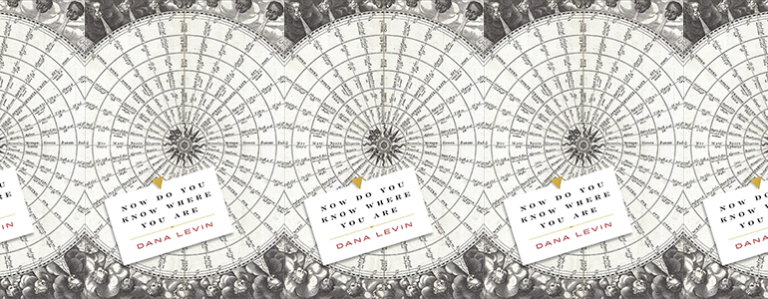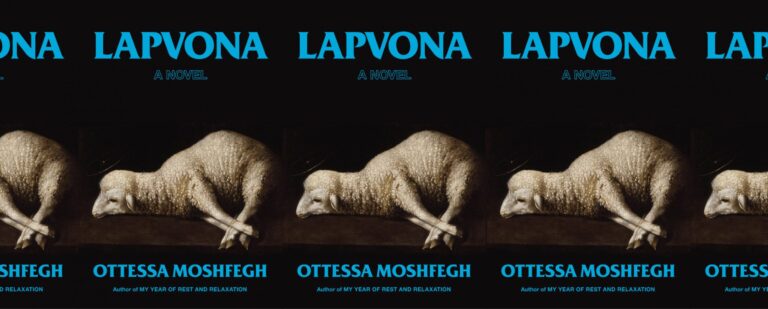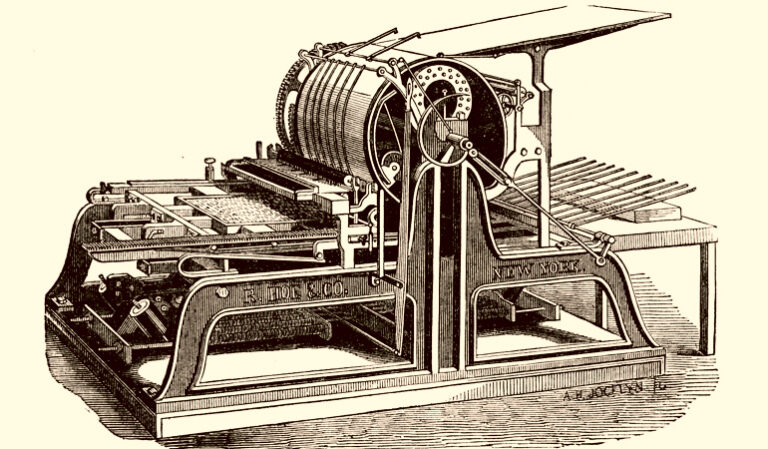Memory and Creativity in Where the Past Begins

Amy Tan’s fiction work spans decades and has been lauded with a number of accolades, earning her the status of an influential Asian American writer who paved the way for showcasing Asian American life in literature—and, eventually, film. Although she is most well-known for her 1989 debut, The Joy Luck Club, which was based on her own family’s experience and friendships with other Chinese immigrant families during her childhood, her subsequent books—including her 2017 memoir, Where the Past Begins: A Writer’s Memoir, which works through a complex tangle of memory, imagination, and creative output—also highlight her ability to use personal experience and memory as a jumping-off point for rich narratives.
Where the Past Begins is organized as a series of long essays interspersed by shorter bits of text, called “quirks” and “interludes.” The quirks are most often short snippets from Tan’s journals, though she also includes random thoughts, bits and pieces of things she has seen or heard, and even excerpts from dreams. The interludes, on the other hand, are longer excerpts from her journals, such as a journal entry recounting a trip rowing in Homer, Alaska, or her account of a man rolling tea in Shanghai during a springtime trip. The quirks and interludes, far from disrupting the flow of the memoir, add a slight breath before Tan moves through each essay and each larger section of the book, serving like a sudden flash of inspiration or an unexpected memory leaping to the surface unbidden.
In the prelude to the book, Tan describes the entire work as an “unintended memoir” that coalesced after “free-form spontaneity had given rise to a potluck of topics and tone.” Tan covers a number of subjects, though many of the essays focus on her relationship to her own writing as well as her thoughts on engaging in creative work outside of writing. In “A Leaky Imagination,” for example, Tan explores her writing process through her love of other things and via seeing how her creative outlets, particularly her love of drawing birds and sketching nature, inform one another. She writes, “Nature sketching will remain an important part of my life and not simply because of the wonderment it inspires me. It allows me to regard imperfection as normal.” In embracing a creative outlet besides writing, Tan is able to find freedom from her other artistic work; she describes the pure joy she finds in drawing as similar to that of a child showing her creations to her parents. In an age in which when many of our creative exploits become monetized side hustles, it is refreshing to see Tan describe the joy of creating something for herself.
Though much of Where Memory Begins centers on Tan’s personal creative process, it also presents a beautifully cohesive exploration of creative work and memory—both individual and collective. “Hidden Genius,” for example, straddles the divide between personal and familial history, something Tan is particularly gifted at doing. The chapter largely is focused on the pressures that Tan’s parents put on her and her older brother to excel when they were children, including in music. To that end, Tan’s mother purchases a beautiful, and very expensive, piano, and sets both Tan and her brother up with weekly lessons and a daily one-hour practice regimen. Her mother was very protective of the piano, warning the children against scuffing it or smudging it with dirty hands, and reminding them of the sacrifices that had been made to buy it for their home. While the narrative begins with Tan’s memories of childhood, she uses the piano as the link to explore a much deeper question: What does the piano represent, especially for Tan’s mother?
Using the piano as the point of entry, Tan unpacks her matrilineal family history, tracing the experiences and sacrifices of her mother living through a time of upheaval. The piano not only represents Tan’s mother’s dreams for herself—she was an accomplished pianist and dreamt of being a concert pianist when she was young—but also the dreams, the relationships, and the hopes she gave up in order to come to the United States, giving Tan and her siblings the life they had. The story is complicated and painful, but Tan’s ability to navigate the emotional lives of those around her allows her to create a tender portrait of her mother as a woman who had to make many difficult choices in her life.
The piano serves as a visual representation of the disconnect between mother and daughter, helping Tan understand how much of her mother’s story she did not know growing up, and only found out when she actively went searching. There is a tinge of lost opportunity present on the page. Yet, by the end of the chapter, there is some sort of resolution: music has become a deeply important part of Tan’s own life. She writes, “My mother did not live long enough to see how much music would figure into my life. She would have been overjoyed to dress up and go with me to the symphony, to the opera, and perhaps even jazz.” In the end, Tan realizes how deeply connected she is to her mother, both through learning more about her mother’s story and learning that they remain linked through their love of music.
While Where the Past Begins offers a unique look into Tan’s work as a writer, some of the most engaging and beautiful moments of the book come when she uses creative work as a way into questions of collective memory and familial connection. While her fiction has always been informed by the experiences of those around her, Where the Past Begins turns inward, highlighting how much of her creativity stems from the lives that came before her. Memory becomes blurred throughout the memoir in moments where Tan recounts the memories of others, like her mother, and links them to her own life. Although she says the book is an “unintended memoir,” it showcases her ability to weave together past, present, personal experience, and collective memory into a vibrant and moving text.


